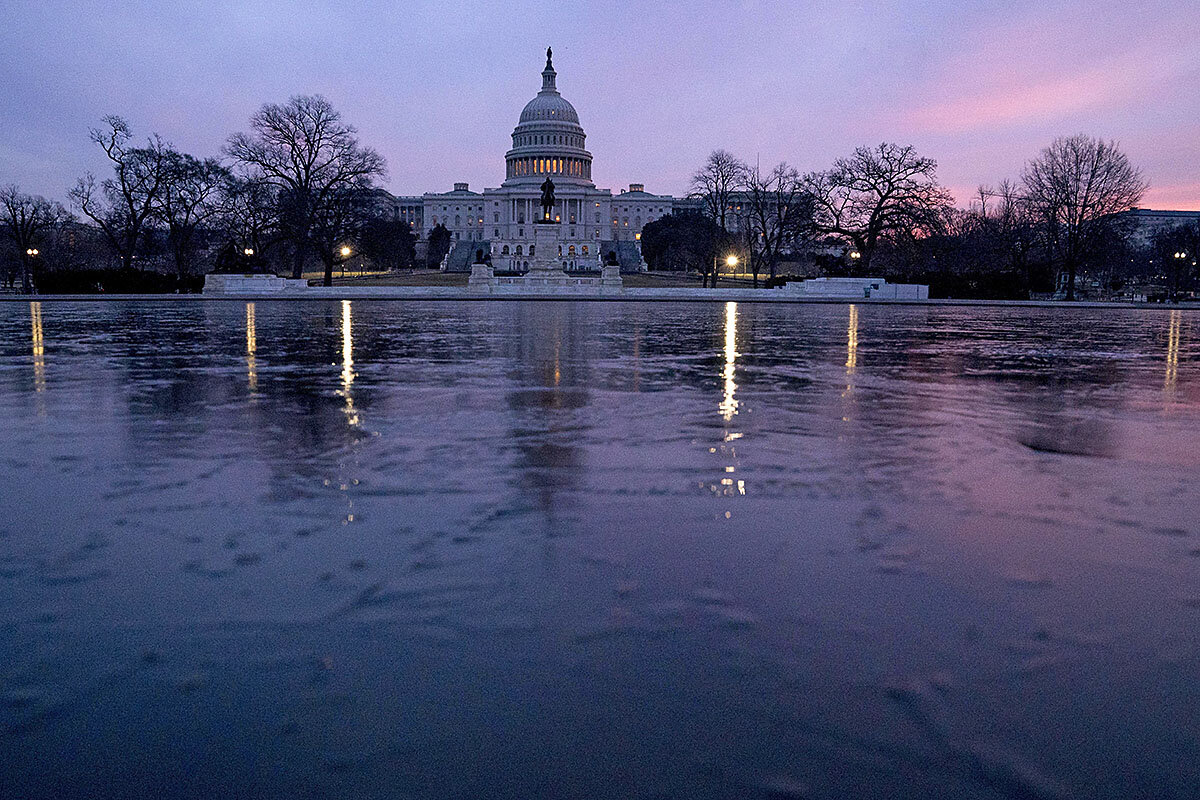The budget deal signed by President Trump last week is built on one big hope: that a hot economy can outrun growing deficits.
Monitor Daily Podcast
- Follow us:
- Apple Podcasts
- Spotify
- RSS Feed
- Download
 Mark Sappenfield
Mark Sappenfield
There was a time, believe it or not, when people complained that American politics was not nearly partisan enough. Back in the 1960s, Republicans and Democrats were seen as too chummy. There was, it seemed, no competing vision for the United States.
For 12 years, Germany has stood on that same ground. Chancellor Angela Merkel’s leadership has been marked by a seemingly unspectacular competency and a series of “grand coalitions” between the countries’ two largest parties.
Now that era appears to be ending. Nearly five months after the last elections, Ms. Merkel is in danger of failing to form a government. This is not shocking. Politics has life cycles, and more-partisan times can stir fresh thinking. In America, the backlash to 1960s politics spawned Sen. Barry Goldwater and a radically different view of American conservatism.
The danger is when partisanship becomes weaponized, closing off routes for partisan differences to be addressed with compromise. The stagnation of the middle class and the enduring culture wars have made partisanship toxic in the US. The refugee crisis appears to play some part in Germany’s evolving shift. Democracies fuel constant revolutions. What matters are the motives behind them.
Now, here are our five stories of the day, which look at the deeper principles behind a number of new voting laws, the cost of glossing over past injustices, and the glory of finely tuned cross-country ski.










